Stakeholder recruitment often takes more time and effort than anticipated, and it’s important to start early and allot adequate resources and administrative capacity to the recruitment process. The aim of the workshop will help define the scope of what kind of stakeholders to invite. Common aspects to consider include stakeholders’ education level, expertise in the topic, gender and age. The narrowness or broadness of the recruitment process will depend on the specific goals of the workshop; some workshop topics and tools function best with a homogenous group, while others thrive on groups that are diverse in terms of their level of relevant knowledge and background. Identifying intermediaries and using existing networks can be one strategy to facilitate recruitment. Depending on the topic, NGOs, professional networks and volunteer groups can be a good place to start. Stakeholder mapping can also help identify relevant participants and ensure appropriate breadth and depth in stakeholder background.
One important aspect of stakeholder recruitment is to clearly communicate workshop goals so that potential participants can see the value in participating. Stating workshop goals when recruiting can help stakeholders see how their expertise or background can contribute to the workshop. In addition, making this connection may give some stakeholders more confidence in participating, as they can more clearly see the value they can provide to the larger group.
Workshop organizers should be clear about what can be “promised” to stakeholders as output of the workshops. Some stakeholders may be satisfied with opportunities to have their voices heard or to expand their networks via the workshops. Other stakeholders may have high expectations for setting research agendas including, perhaps, unrealistic expectations about the speed and certainty with which research agendas are generated and funded. In these cases, workshop hosts should be careful to manage stakeholder expectations and focus on the more immediate and certain benefits such as expanding networks on a given topic. In addition, all stakeholders benefit from understanding how the workshop fits within the larger research agenda process as well as clear communication of workshop goals.
The composition of the stakeholder group is an important consideration. A group of stakeholders with diverse backgrounds and perspectives can lead to rich discussions, but if the workshop topic is controversial, it may require careful facilitation to avoid contentious arguments. Conversely, a group of similar stakeholders may allow for exploration of a single perspective in depth, though the discussion may illuminate fewer facets of the issue. Remember that stakeholders will also have perceptions of each other, which may affect their participation. For example, a “regular” person may be reluctant to share their views on stem cell research if placed in a group with stem cell researchers. Some organizers prefer to recruit stakeholders step-wise. After recruiting several participants, they consider what skills or backgrounds will complement these initial stakeholders when recruiting more.
Keep in mind that different types of stakeholders may have different abilities to participate. For example, pensioners may be happy to participate in a three-hour afternoon workshop, while a school teacher, though equally interested in participating, may have very limited time to participate. Similarly, scheduling a workshop during the workday may be easier for some stakeholders (if their employers support their participation), while an evening workshop may be easier for participants with less flexible jobs. The workshop should be scheduled in such a way that it’s most convenient for the target stakeholder groups.
Some workshops are one step in a longer stakeholder engagement process while others are a one-time event intended to bring people together for a single exchange of ideas. Long-term engagement requires a more careful consideration of how stakeholder time is used, how intermediate results are collected and communicated, and how stakeholder enthusiasm and engagement can be maintained. One-time events may require more flexibility in facilitating (as the group will not be previously known to the facilitator or to each other). Both approaches are seen as relevant, depending on the goals of the stakeholder engagement process.









